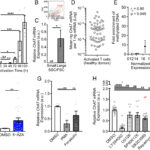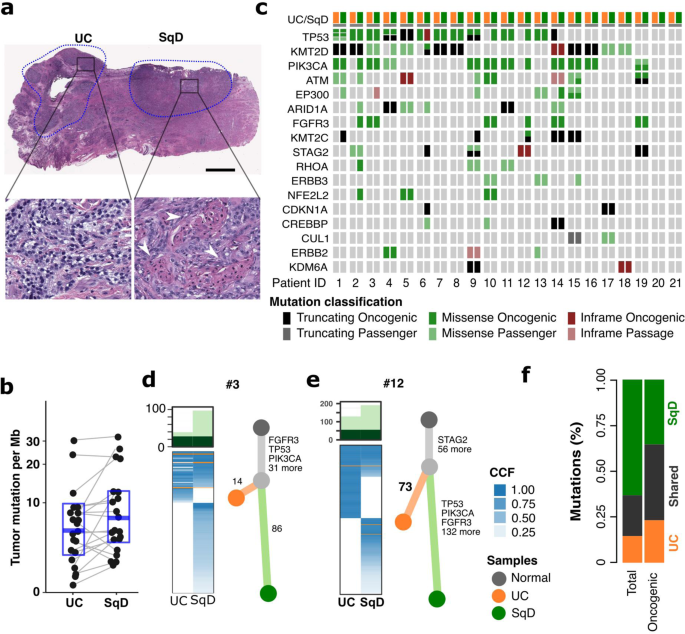2023-03-30 スイス連邦工科大学ローザンヌ校(EPFL)
EPFLの微生物力学研究室のアレクサンドル・ペルサ教授の研究グループは、感染症に関連した多剤耐性菌の新しい治療法の開発に向けて、細菌の触覚に着目しています。彼らは、緑膿菌に着目し、この菌が感染を進行させるために、表面に触れることで刺激を受けることを発見しました。
この発見により、科学者たちは新しい緑膿菌感染症の治療法を開発することができるようになるでしょう。また、ペルサ教授は抗菌薬に頼らず、細菌を「無力化」するアプローチも探求しています。
<関連情報>
- https://actu.epfl.ch/news/new-drug-types-can-help-counter-antibiotic-resista/
- https://www.embopress.org/doi/full/10.15252/embj.2022112165
- https://journals.asm.org/doi/10.1128/mbio.03518-22
緑膿菌のメカノタキシスにおける極性を制御する2つの拮抗的な応答制御因子を発見 Two antagonistic response regulators control Pseudomonas aeruginosa polarization during mechanotaxis
Marco J Kühn,Henriette Macmillan,Lorenzo Talà,Yuki Inclan,Ramiro Patino,Xavier Pierrat,Zainebe Al-MayyahJ,oanne N Engel,Alexandre Persat
The EMBO Journal Published:16 February 2023
DOI:https://doi.org/10.15252/embj.2022112165

Abstract
The opportunistic pathogen Pseudomonas aeruginosa adapts to solid surfaces to enhance virulence and infect its host. Type IV pili (T4P), long and thin filaments that power surface-specific twitching motility, allow single cells to sense surfaces and control their direction of movement. T4P distribution is polarized to the sensing pole by the chemotaxis-like Chp system via a local positive feedback loop. However, how the initial spatially resolved mechanical signal is translated into T4P polarity is incompletely understood. Here, we demonstrate that the two Chp response regulators PilG and PilH enable dynamic cell polarization by antagonistically regulating T4P extension. By precisely quantifying the localization of fluorescent protein fusions, we show that phosphorylation of PilG by the histidine kinase ChpA controls PilG polarization. Although PilH is not strictly required for twitching reversals, it becomes activated upon phosphorylation and breaks the local positive feedback mechanism established by PilG, allowing forward-twitching cells to reverse. Chp thus uses a main output response regulator, PilG, to resolve mechanical signals in space and employs a second regulator, PilH, to break and respond when the signal changes. By identifying the molecular functions of two response regulators that dynamically control cell polarization, our work provides a rationale for the diversity of architectures often found in non-canonical chemotaxis systems.
材料 基板物性 コントロール 緑膿菌バイオフィルム構造 Material Substrate Physical Properties Control Pseudomonas aeruginosa Biofilm Architecture
Alice Cont, Joseph Vermeil, Alexandre Persat
AMS Journals Published:14 February 2023
DOI:https://doi.org/10.1128/mbio.03518-22

ABSTRACT
In the wild, bacteria are most frequently found in the form of multicellular structures called biofilms. Biofilms grow at the surface of abiotic and living materials with wide-ranging mechanical properties. The opportunistic pathogen Pseudomonas aeruginosa forms biofilms on indwelling medical devices and on soft tissues, including burn wounds and the airway mucosa. Despite the critical role of substrates in the foundation of biofilms, we still lack a clear understanding of how material mechanics regulate their architecture and the physiology of resident bacteria. Here, we demonstrate that physical properties of hydrogel material substrates define P. aeruginosa biofilm architecture. We show that hydrogel mesh size regulates twitching motility, a surface exploration mechanism priming biofilms, ultimately controlling the organization of single cells in the multicellular community. The resulting architectural transitions increase P. aeruginosa’s tolerance to colistin, a last-resort antibiotic. In addition, mechanical regulation of twitching motility affects P. aeruginosa clonal lineages, so that biofilms are more mixed on relatively denser materials. Our results thereby establish material properties as a factor that dramatically affects biofilm architecture, antibiotic efficacy, and evolution of the resident population.
IMPORTANCE The biofilm lifestyle is the most widespread survival strategy in the bacterial world. Pseudomonas aeruginosa biofilms cause chronic infections and are highly recalcitrant to antimicrobials. The genetic requirements allowing P. aeruginosa to grow into biofilms are known, but not the physical stimuli that regulate their formation. Despite colonizing biological tissues, investigations of biofilms on soft materials are limited. In this work, we show that biofilms take unexpected forms when growing on soft substrates. The physical properties of the material shape P. aeruginosa biofilms by regulating surface-specific twitching motility. Physical control of biofilm morphogenesis ultimately influences the resilience of biofilms to antimicrobials, linking physical environment with tolerance to treatment. Altogether, our work established that the physical properties of a surface are a critical environmental regulator of biofilm biogenesis and evolution.


